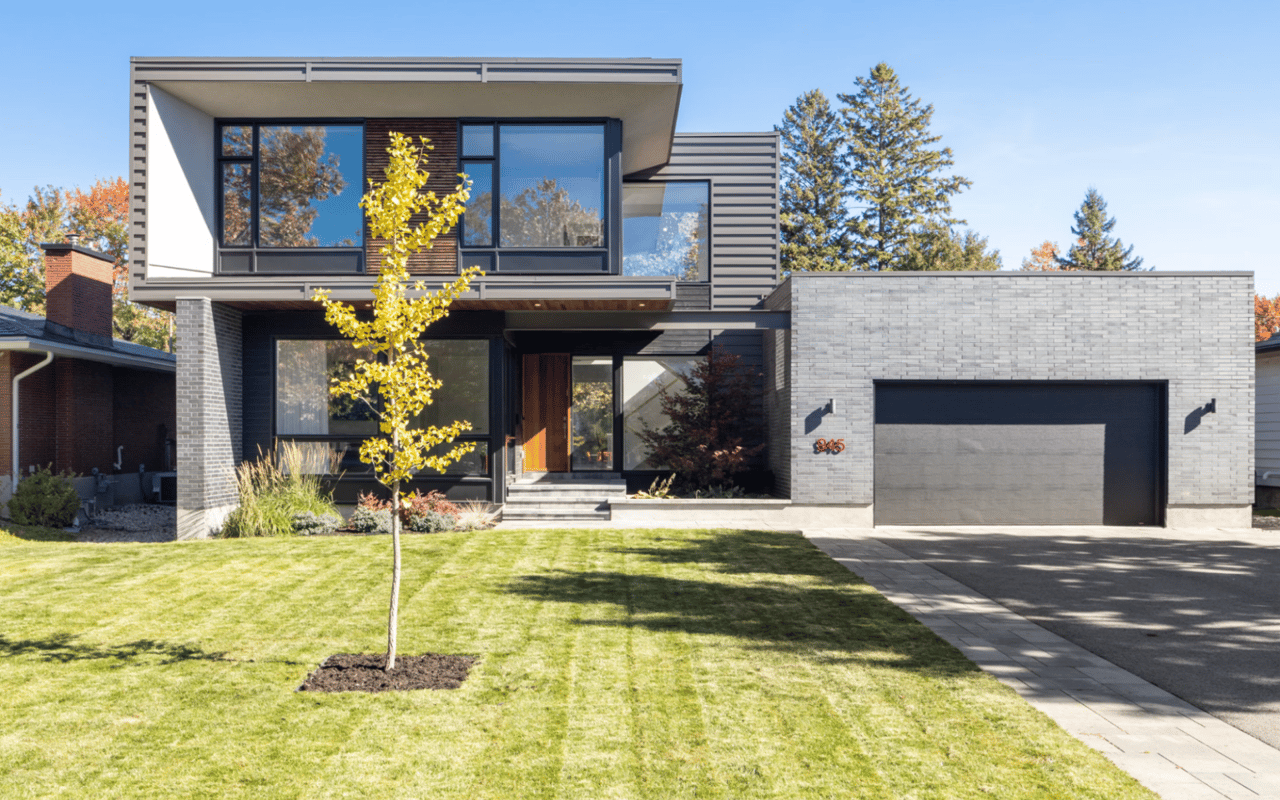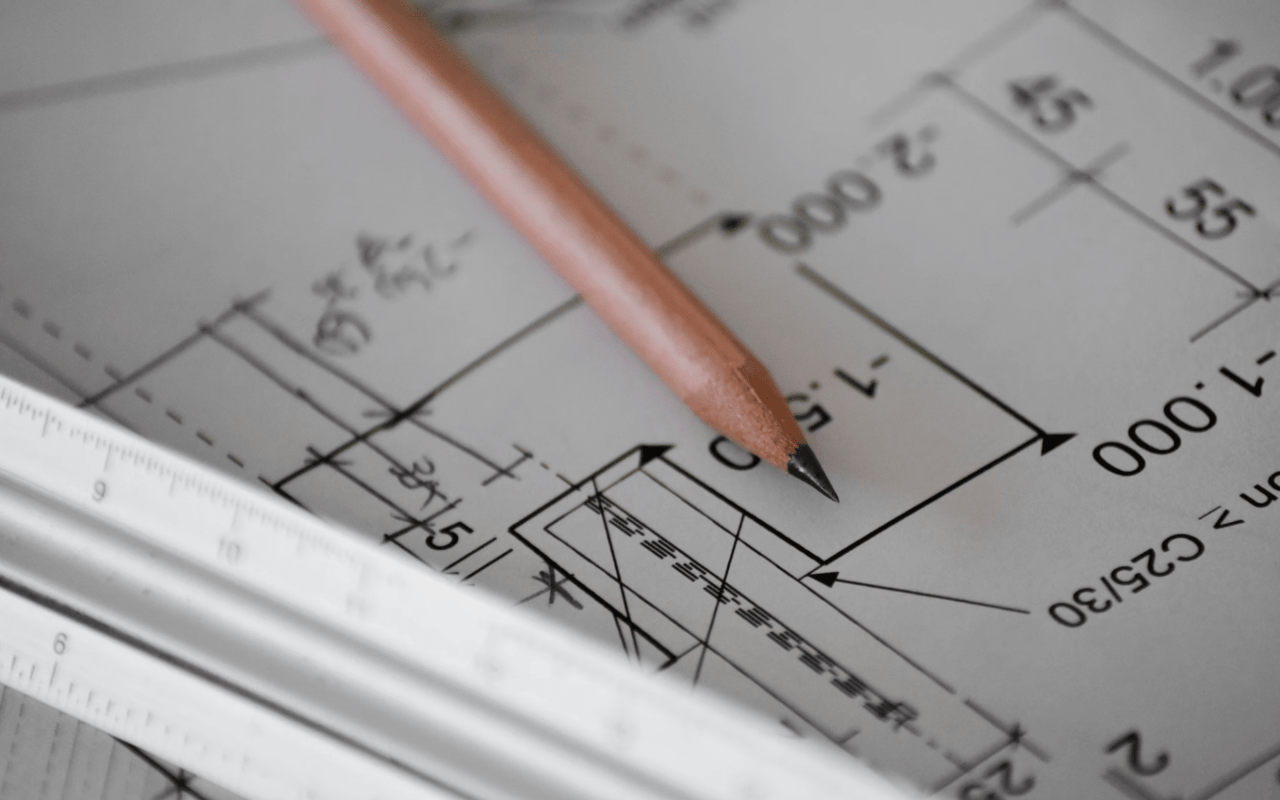When evaluating real estate, the age of a home often plays a significant role in determining its market value. Both buyers and sellers should understand how a property's age influences its worth, as this knowledge can guide informed decisions. Here’s a quick look into the relationship between home age and market value, including key factors that impact this dynamic.
Historical Charm vs. Modern Conveniences
The age of a home can imbue it with unique characteristics that appeal to different buyer preferences. Older homes often come with historical charm and architectural details, while newer homes boast modern conveniences and updated features.
Older Homes: Character and Craftsmanship
Older homes, especially those built before the mid-20th century, often feature distinctive architectural styles, such as Victorian, Colonial, or Craftsman. These homes are known for their craftsmanship, with details like intricate woodwork, high ceilings, and original fixtures that add character and charm.
Buyers attracted to older homes often appreciate these unique elements and may be willing to pay a premium for properties that have been well-maintained or thoughtfully restored. However, the value of older homes can be negatively impacted by outdated systems, higher maintenance costs, and the need for significant renovations to meet modern standards.
Buyers attracted to older homes often appreciate these unique elements and may be willing to pay a premium for properties that have been well-maintained or thoughtfully restored. However, the value of older homes can be negatively impacted by outdated systems, higher maintenance costs, and the need for significant renovations to meet modern standards.
Newer Homes: Modern Amenities and Efficiency
In contrast, newer homes are designed with modern lifestyles in mind. They typically offer open floor plans, energy-efficient systems, and contemporary finishes. Features such as smart home technology, large kitchens with updated appliances, and spa-like bathrooms are common in newer properties.
These modern amenities appeal to buyers seeking convenience and low maintenance. The market value of newer homes often reflects their updated features and energy efficiency, which can result in lower utility costs and fewer immediate repairs.
These modern amenities appeal to buyers seeking convenience and low maintenance. The market value of newer homes often reflects their updated features and energy efficiency, which can result in lower utility costs and fewer immediate repairs.
Maintenance and Upkeep
The condition of a home, regardless of its age, significantly impacts its market value. Regular maintenance and timely updates can preserve a property's value and even enhance it over time.
The Importance of Regular Maintenance
Well-maintained older homes can command higher prices than neglected properties. Routine upkeep, such as repairing roofs, updating plumbing and electrical systems, and preserving original features, ensures that an older home remains in good condition and retains its charm.
For newer homes, maintaining systems like HVAC, plumbing, and electrical is equally important. Regular servicing and addressing minor issues promptly can prevent more significant problems down the line, protecting the home's value.
For newer homes, maintaining systems like HVAC, plumbing, and electrical is equally important. Regular servicing and addressing minor issues promptly can prevent more significant problems down the line, protecting the home's value.
Renovations and Updates
Renovations can significantly boost a home's market value, particularly when they enhance functionality or update outdated features. For older homes, this might involve modernizing kitchens and bathrooms, installing energy-efficient windows, or adding insulation.
Newer homes can also benefit from updates, such as adding smart home features, upgrading landscaping, or finishing basements. The key is to choose renovations that appeal to a broad range of buyers and offer a good return on investment.
Newer homes can also benefit from updates, such as adding smart home features, upgrading landscaping, or finishing basements. The key is to choose renovations that appeal to a broad range of buyers and offer a good return on investment.
Location and Neighbourhood Trends
The relationship between home age and market value is also influenced by the location and trends within the neighbourhood. Desirable locations can elevate the value of older homes, while newer developments may boost the appeal of recently built properties.
Established Neighborhoods
Older homes are often found in established neighbourhoods with mature trees, well-maintained landscapes, and a sense of community. These neighbourhoods may have historical significance, proximity to downtown areas, or access to reputable schools, all of which can enhance property values.
Buyers drawn to these neighbourhoods may appreciate the character of older homes and the stability of long-established communities. However, the value of these homes can fluctuate based on neighbourhood trends and the condition of surrounding properties.
Buyers drawn to these neighbourhoods may appreciate the character of older homes and the stability of long-established communities. However, the value of these homes can fluctuate based on neighbourhood trends and the condition of surrounding properties.
New Developments
Newer homes are frequently located in modern developments that offer amenities like community pools, parks, and recreational facilities. These areas may also benefit from new infrastructure, such as improved roads and public transportation.
The value of homes in new developments can rise as the area grows and attracts more residents. Buyers may be willing to pay a premium for the convenience and lifestyle offered by these communities.
The value of homes in new developments can rise as the area grows and attracts more residents. Buyers may be willing to pay a premium for the convenience and lifestyle offered by these communities.
Market Demand and Economic Factors
Economic conditions and market demand play a critical role in determining how home age affects market value. Shifts in buyer preferences and broader economic trends can influence property values across different age categories.
Buyer Preferences
Trends in buyer preferences can impact the value of older and newer homes. During periods when historical charm is highly sought after, well-preserved older homes may see a surge in value. Conversely, when buyers prioritize modern amenities and low-maintenance living, newer homes may experience higher demand and increased prices.
Economic Conditions
Economic factors, such as interest rates, employment levels, and housing supply, also affect the market value of homes. In a strong economy with low interest rates, buyers may be more willing to invest in older homes that require renovations. Conversely, during economic downturns, the appeal of move-in-ready newer homes with minimal maintenance costs may increase.
Appreciation Potential
Both older and newer homes have the potential for appreciation, but the factors driving this growth can differ.
Older Homes: Appreciation Through Restoration
Older homes can appreciate significantly if they are well-maintained or restored. Preservation of original features, combined with modern updates, can attract buyers who value both history and functionality. Historic districts and areas undergoing revitalization often see substantial increases in property values as demand rises.
Newer Homes: Steady Growth with Modern Living
Newer homes generally experience steady appreciation as they age, provided they are well-maintained. Their modern features and efficient systems remain attractive to buyers, and the continued development of surrounding areas can enhance their value.
Investment Considerations
Investing in real estate requires careful consideration of various factors, including the age of the property and its long-term value potential.
Evaluating Risk and Reward
Investors should weigh the risks and rewards associated with older and newer homes. Older properties may offer significant appreciation potential through restoration but can come with higher maintenance and renovation costs. Newer homes may provide more predictable returns with lower upkeep but might not appreciate as dramatically in rapidly changing markets.
Diversifying Portfolios
Diversifying investments across different types of properties can mitigate risk. Including both older, character-rich homes and newer, modern properties in a real estate portfolio can balance potential gains and provide stability.
Reach Out to Grace Simon
Understanding the relationship between home age and market value is essential for making informed real estate decisions. Whether you're drawn to the charm of older homes or the convenience of newer properties, each offers unique benefits and potential for appreciation. For expert guidance and support in your home search, reach out to Grace Simon for more information on Aurora houses for sale. Begin your journey toward finding the perfect home with the help of a knowledgeable and dedicated real estate professional.




